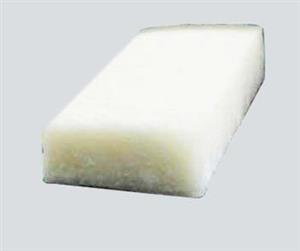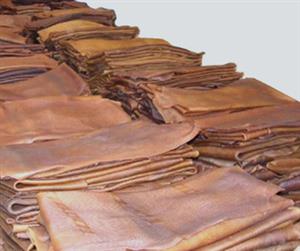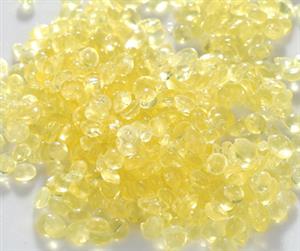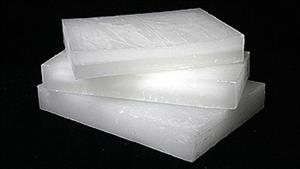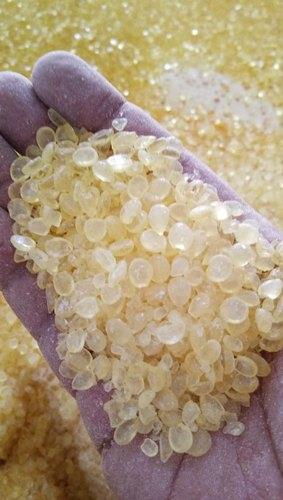FLEXILIS P.LTD.
Featured Products
Highest quality standards are achieved through the implementations of latest technology, decades of experience and everlasting moral values , which have helped us to retain our customers as well as multiply them.
Welcome to FLEXILIS P.LTD.
Rubber Chemicals
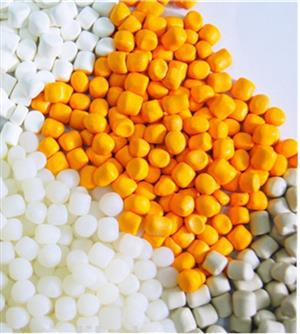
Rubber Accelerator :- There are many accelerators available for the vulcanization of rubber. That is because there is a wide range of rubber articles on the market with a wide variety of properties.
For compounds with their different properties different accelerators and mixtures of accelerators have to be used to obtain the required properties. A vulcanization accelerator is typically used in combination with sulfur as the cross-linker, and with zinc oxide and stearic acid as activators. The various types of rubber used in the various tire compounds all have different vulcanization characteristics, like speed of cure (cure is the crosslinking reaction) and extent of cure (the number of cross-links). This means that all the different compounds have to be cured to their optimum state of cure in this same 10 minutes. This is the reason why a lot of different accelerators or mixtures thereof are used.
There are two major classes of vulcanization accelerators, primary accelerators and secondary accelerators or ultra accelerators.
- Of the primary accelerators the major group used in tire manufacture is formed by sulfenamides. Mercapto-benzthiazole [2](otherwise called mercaptobenzothiazole) (MBT), mercaptobenzthiazole disulfide (MBTS),
- Of the secondary or ultra-accelerators the main categories are the thiurams and the dithiocarbamates. In vulcanization of tire compounds they are used as small addition to sulfenamides to boost the speed and state of cure. They have a very fast vulcanization speed and therefore, next to boosters in tire compounds they are used as main accelerator. TMTD ( tetramethylthiuram disulfide), ZDEC (zinc diethyldithiocarbamate) and ZDBC (zinc dibutyldithiocarbamate).
SBR (styrene-butadiene rubber) and BR (butadiene rubber),halogenated butyl rubber (IIR), EPDM compounds ( ethylene-propylene-diene rubbers), neoprene or polychloroprene rubber (CR rubber), Latex , Natural Rubber, NBR are type of rubber.
Rubber Anti oxident :- An anti-degradant, or deterioration inhibitor is an ingredient in rubber compounds to deter the aging of rubber products.
Anti-degradants include antioxidants and antiozonants. Since the aging of rubber is caused largely by oxygen, materials that quickly react with oxygen can be used as anti-degradant depending on the type of rubber, although organic compounds that easily react with oxygen are recommended for use as anti-degradant (chemical antioxidant).
On the other hand, the surface of rubber is sometimes covered with materials that do not easily react with oxygen to prevent direct contact between rubber and oxygen (physical anti-degradant, e.g.,wax products).
Chemical antioxidants are classified into amine type anti-degradant and phenolic type anti-degradant depending on the chemical composition or into polymer stabilizers, thermal anti-degradants, and deterioration inhibitors depending on the major aging action; in many cases, however, it is difficult to distinguish their effects.
Anti-degradants are further classified into staining anti-degradants or non-staining anti-degradants depending on whether or not rubber is colored, discolored, or otherwise stained.
Our Vision
* To embrace new technologies and methods. * To give unsurpassed products and services to the clients. * To constantly look for improvement and changes.



